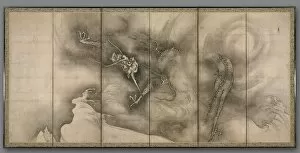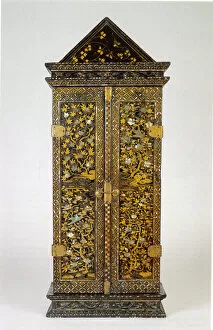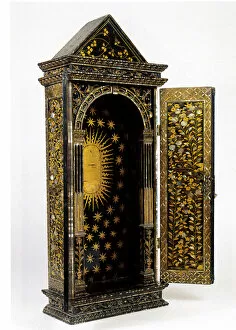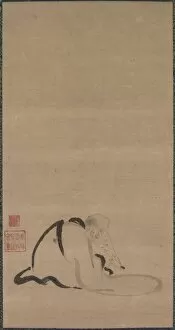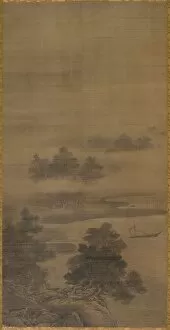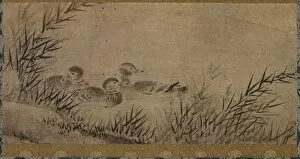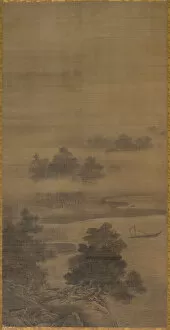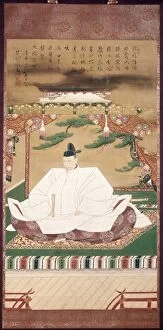Momoyama Collection
Momoyama, a period in Japanese history that spanned from the late 16th century to the early 17th century, was a time of cultural exchange and artistic innovation
All Professionally Made to Order for Quick Shipping
Momoyama, a period in Japanese history that spanned from the late 16th century to the early 17th century, was a time of cultural exchange and artistic innovation. During this era, Japan experienced significant political and social changes, which greatly influenced its art and culture. One notable example art is the illustration of the Genji Monogatari Emaki. Created by Sesson Shōkei in the 1500s, this exquisite artwork depicts scenes from "The Tale of Genji, " one of Japan's most famous literary works. Another fascinating artifact from this period is the Namban Christian portable shrine. Designed to contain a religious statuette, these shrines reflect the influence of Christianity on Japanese society during that time. The intricate details on their backs showcase skilled craftsmanship and religious devotion. A rare and important Momoyama piece is the Christian folding lectern (shokendai). Made out of wood, it served as a stand for missals used during religious ceremonies. This lectern exemplifies both functional design and artistic beauty. The artworks created by Sesson Shōkei further demonstrate his talent as an artist during this period. His depictions of tigers and dragons are awe-inspiring with their lifelike details and dynamic compositions. In addition to these masterpieces, other artists like Sesshū Tōyō contributed to Momoyama art with their landscape paintings capturing serene natural settings such as ducks swimming among reeds. These artworks display a harmonious blend between nature and human existence.

